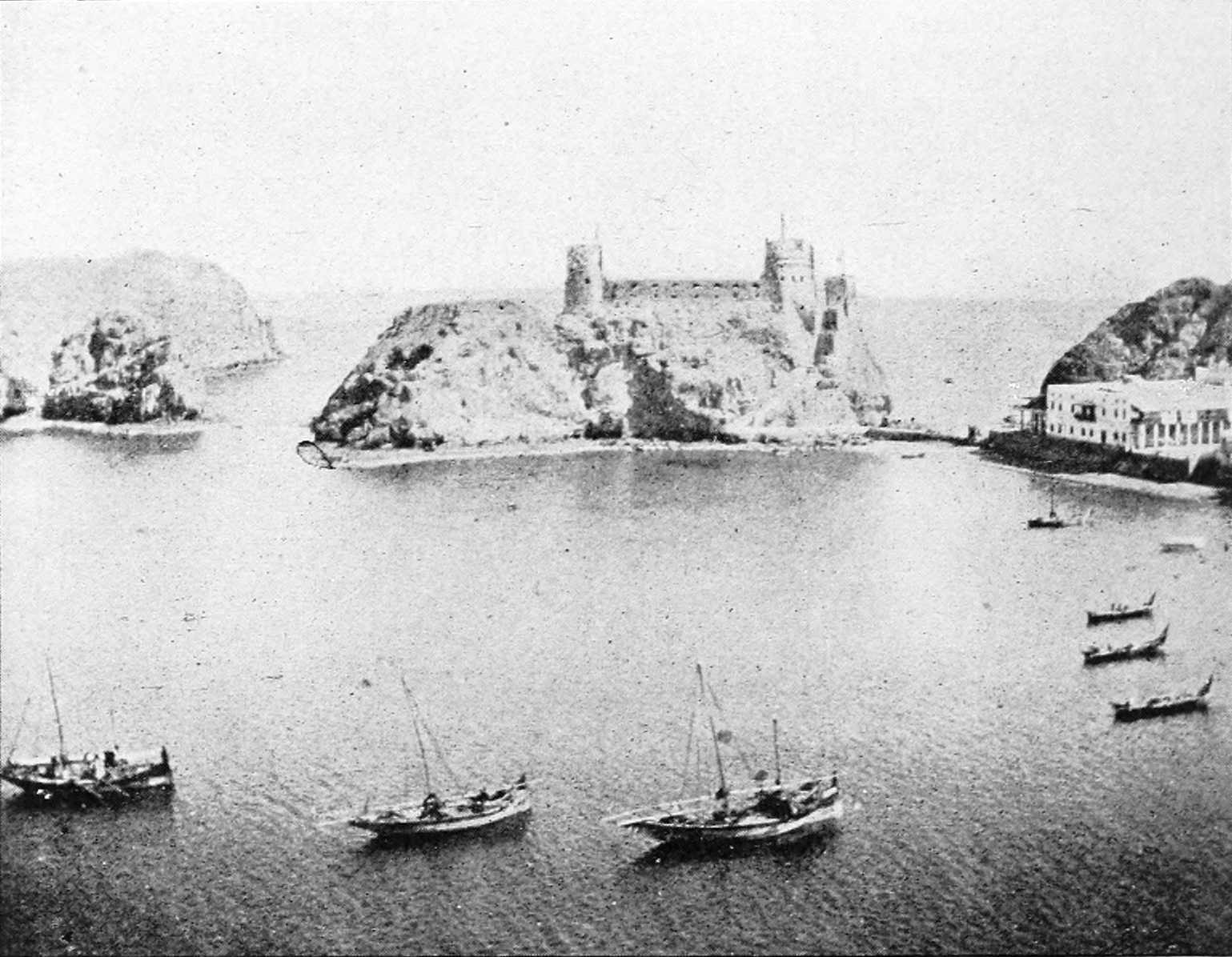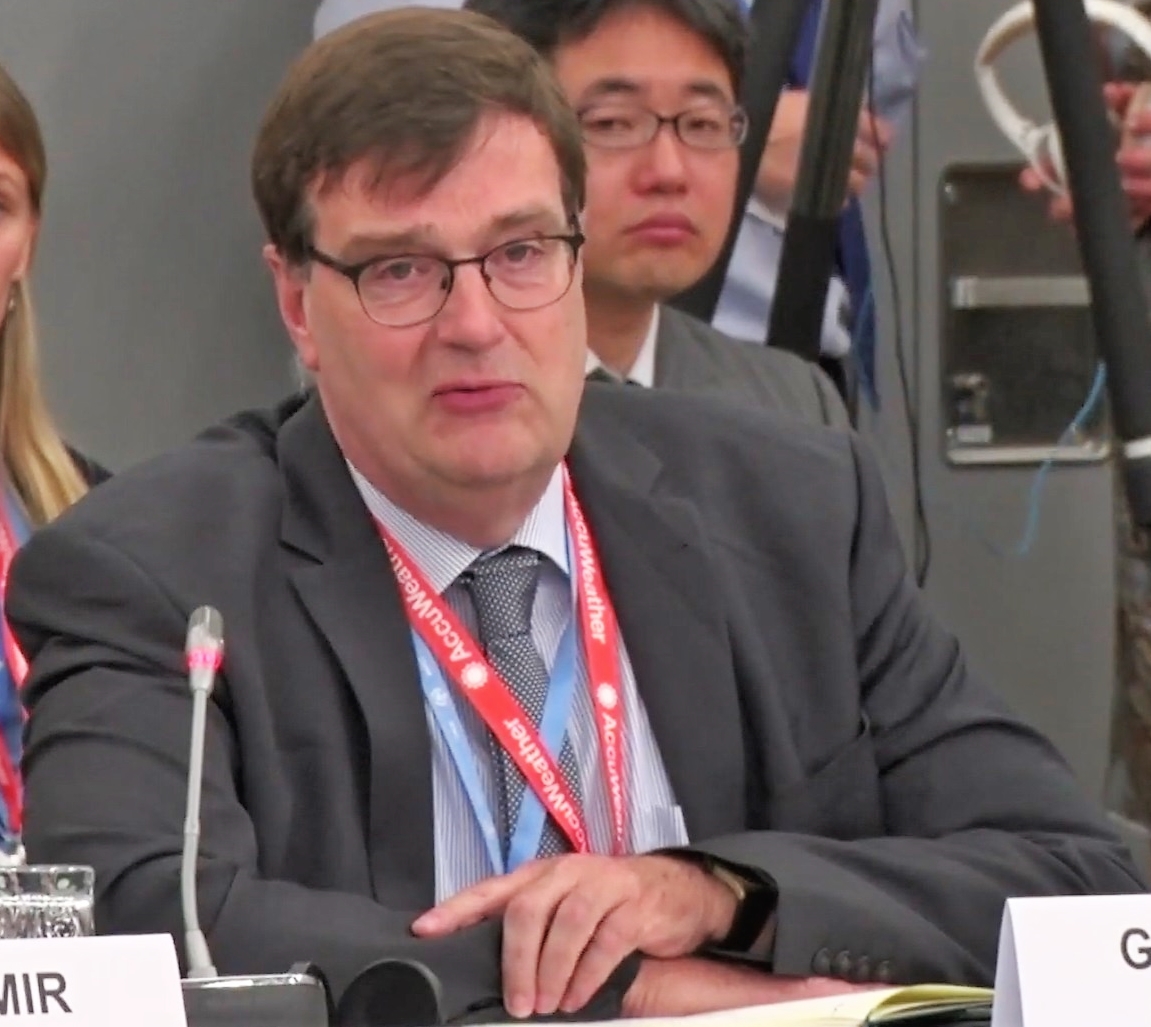|
Fahud
Fahud is a permanent oil camp and oil field in the middle of the central plain area of Oman, named after the nearby Jebel Fahud believed to mean "Leopard Mountain" from the time when wild leopards roamed the area. The main oil camp is owned by Petroleum Development Oman (PDO), the national oil company. Oil operations commenced in 1954 when a PDO survey party arrived at the jebel and began surveying it. The first well at Jebel Fahud was completed at 12,235 feet in May 1957. Unfortunately, it was a dry hole except for a very small quantity of gas and oil. Three of the PDO partners decided to withdraw from the Omani concession, leaving Shell (85%) and Partex (15%) to take it over and resume exploration. Only a few hundred yards from the original test well site, a second test well was sunk at Fahud and, in 1964, found oil in commercial quantities. Today, Fahud is the central base of PDO's operations in the interior of Oman; the company's main offices are in Mina Al Fahal in Muscat ... [...More Info...] [...Related Items...] OR: [Wikipedia] [Google] [Baidu] |
Fahud Airport
Fahud is an airport serving the town and petroleum facility of Fahud in Oman. The airport is in the desert northwest of the town. The Fahud VOR-DME (Ident: FHD) and non-directional beacon (Ident: FHN) are located on the field. See also * Transport in Oman *List of airports in Oman A list is a set of discrete items of information collected and set forth in some format for utility, entertainment, or other purposes. A list may be memorialized in any number of ways, including existing only in the mind of the list-maker, but ... References External links OurAirports - Fahud AirportOpenStreetMap - Fahud* Airports in Oman {{Asia-airport-stub ... [...More Info...] [...Related Items...] OR: [Wikipedia] [Google] [Baidu] |
Petroleum Development Oman
Petroleum Development Oman (PDO) is the leading exploration and production company in the Sultanate of Oman. The Company delivers the majority of the country's crude oil production and natural gas supply. The company is owned by the Government of Oman (with a 60% interest), Royal Dutch Shell (34%), TotalEnergies (4%) and Partex (2%). The first economic oil find was made in 1962, and the first oil consignment was exported in 1967. History A geological survey of the country in 1925 by the D'Arcy Exploration Company found no conclusive evidence of oil. Twelve years later, when American geologists began intensively searching for oil in neighboring Saudi Arabia, Sultan Said bin Taimur granted a 75-year concession for central Oman to the Iraq Petroleum Company (IPC), and a separate concession for the province of Dhofar. Pausing only for the Second World War, exploration for oil was under way in Oman. IPC created an associate company, Petroleum Development (Oman and Dhofar) Ltd, to ... [...More Info...] [...Related Items...] OR: [Wikipedia] [Google] [Baidu] |
Oman
Oman, officially the Sultanate of Oman, is a country located on the southeastern coast of the Arabian Peninsula in West Asia and the Middle East. It shares land borders with Saudi Arabia, the United Arab Emirates, and Yemen. Oman’s coastline faces the Arabian Sea to the southeast and the Gulf of Oman on the northeast. The exclaves of Madha and Musandam Governorate, Musandam are surrounded by the United Arab Emirates on their land borders, while Musandam’s coastal boundaries are formed by the Strait of Hormuz and the Gulf of Oman. The capital and largest city is Muscat. With a population of approximately 5.46 million and an area of 309,500 km2 (119,500 sq mi), Oman is the Countries with highest population, 123rd most-populous country. From the 18th century, the Omani Sultanate was Omani Empire, an empire, competing with the Portuguese Empire, Portuguese and British Empire, British empires for influence in the Persian Gulf and the Indian Ocean. At its peak in the 19th ce ... [...More Info...] [...Related Items...] OR: [Wikipedia] [Google] [Baidu] |
Mina Al Fahal
Mina' al Fahal (, also known as Miana al Fahl, also in the past Saih al Malieh, and Saih al-Malih ()) is a coastal area in the northeast of Oman, near to the country's capital, Muscat. It was renamed from Saih al Maleh as the petroleum processing plant was developed. It is a key area for the country's petroleum operations. Petroleum Development Oman (PDO) is based at Mina al Fahal, and the Oman Refinery Company (ORC) has a 104,000 b/d oil refinery An oil refinery or petroleum refinery is an industrial processes, industrial process Factory, plant where petroleum (crude oil) is transformed and refining, refined into products such as gasoline (petrol), diesel fuel, Bitumen, asphalt base, ... located here. Crude oil and refinery products are loaded onto tankers off Mina Al Fahal by subsea pipeline and SBM (Single Buoy Mooring) Systems. Two of the SBMs are owned by PDO for crude export and the third is owned by SOM (Shell Oman Marketing). History of Petroleum Development Oman/ ... [...More Info...] [...Related Items...] OR: [Wikipedia] [Google] [Baidu] |
Muscat, Oman
Muscat (, ) is the capital and most populous city in Oman. It is the seat of the Governorate of Muscat. According to the National Centre for Statistics and Information (NCSI), the population of the Muscat Governorate in 2022 was 1.72 million. The metropolitan area includes six provinces, called , and spans approximately . Known since the early 1st century CE as a leading port for trade between the west and the east, Muscat was ruled successively by various indigenous tribes, as well as by foreign powers such as the Persians, the Portuguese Empire and the Ottoman Empire. In the 18th century, Muscat was a regional military power: its influence extended as far as East Africa and Zanzibar. As an important port town in the Gulf of Oman, Muscat attracted foreign traders and settlers such as the Persians, the Balochs and the Sindhis. Beginning in 1970, after the accession of Qaboos bin Said as the Sultan of Oman, Muscat experienced rapid infrastructural development; it developed a ... [...More Info...] [...Related Items...] OR: [Wikipedia] [Google] [Baidu] |
World Meteorological Organization
The World Meteorological Organization (WMO) is a List of specialized agencies of the United Nations, specialized agency of the United Nations responsible for promoting international cooperation on atmospheric science, climatology, hydrology and geophysics. The WMO originated from the International Meteorological Organization (IMO), a nongovernmental organization founded in 1873 as a forum for exchanging weather data and research. Proposals to reform the status and structure of the IMO culminated in the World Meteorological Convention of 1947, which formally established the World Meteorological Organization. The Convention entered into force on 23 March 1950, and the following year the WMO began operations as an intergovernmental organization within the UN system. The WMO is made up of 193 countries and territories, and facilitates the "free and unrestricted" exchange of data, information, and research between the respective meteorological and hydrological institutions of its m ... [...More Info...] [...Related Items...] OR: [Wikipedia] [Google] [Baidu] |



